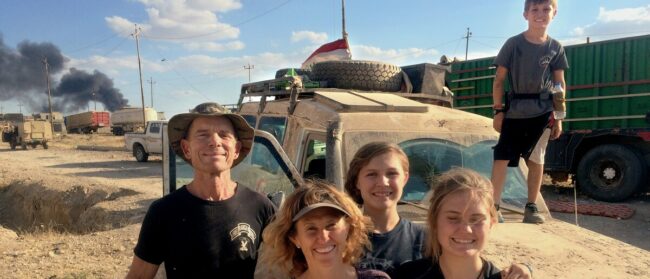Recent sectarian violence has brought renewed attention to the Rohingya. Brutal oppression is nothing new to this Muslim ethnic group, many of whom have chosen to endure a hellish existence in hostile Bangladesh rather than return to their native Myanmar
Text and photography by Greg Constantine
By 2006, on a thin stretch of swampy marshland on the banks of the Naf River in southern Bangladesh, some 10,000 stateless Rohingya had already spent two years living in what could only be described as a muddy sewer. For anyone visiting, one question was inescapable: “What could force anyone to live day-to-day in this place and tolerate it?” Ask any of the Rohingya men or women and in one variation or another, their answers are all the same: the torturous and humiliating life they were subjected to at the hands of the Burmese authorities in North Rakhine – their homeland and a place where the Rohingya had lived for generations – was much worse. Any place was better.
Considered one of the most oppressed people in the world, the Rohingya from Myanmar are unwanted and unwelcome just about anywhere they set their feet. In the isolated, off-limits area of North Rakhine, where the majority of Rohingya live in Myanmar, they are denied almost every fundamental right, including citizenship. As unrecognised refugees in Bangladesh and beyond, they are exploited, denied most humanitarian assistance and protection and eke out an existence in the darkest margins of society.
What happens to individuals, families and an entire community when they are denied basic rights for decades? What impact does the denial of the right to exist have on a community? How does a community like the Rohingya sustain the sheer courage to survive from one day to the next? Exploring these questions has been the driving force behind my work on the Rohingya for the past six years. Exposing their stories with the aim of opening up a window into the abuse they endure in Myanmar has been another.
There is no doubt that Myanmar is an incredibly hot topic right now. Sanctions are being eased. High-level diplomatic missions are taking place. Aung San Suu Kyi is sitting as a member of parliament and travelling internationally for the first time in over a decade. The first census in 31 years has been announced. Yet, with all of the euphoria swirling around about Myanmar, the legacy of human rights abuse against the Rohingya there, as well as the utter neglect they receive as refugees, has received very little attention and, unfortunately, continues to linger at the bottom of everyone’s priority list.
Greg Constantine is a photographer from the United States. Since early 2006, he has worked on one long-term project titled Nowhere People, which documents stateless groups around the world. His work has received numerous awards, and exhibitions of his work have been held in Dhaka, London, Geneva, Nairobi, Hong Kong, Washington and at the UN in New York. His new book, Exiled To Nowhere: Burma’s Rohingya, was released in June 2012. Constantine has been based in Southeast Asia since late 2005.
Reporting for this photo essay was supported in part with a grant from the Pulitzer Centre on Crisis Reporting.
Also view Etched in time: Chin women

